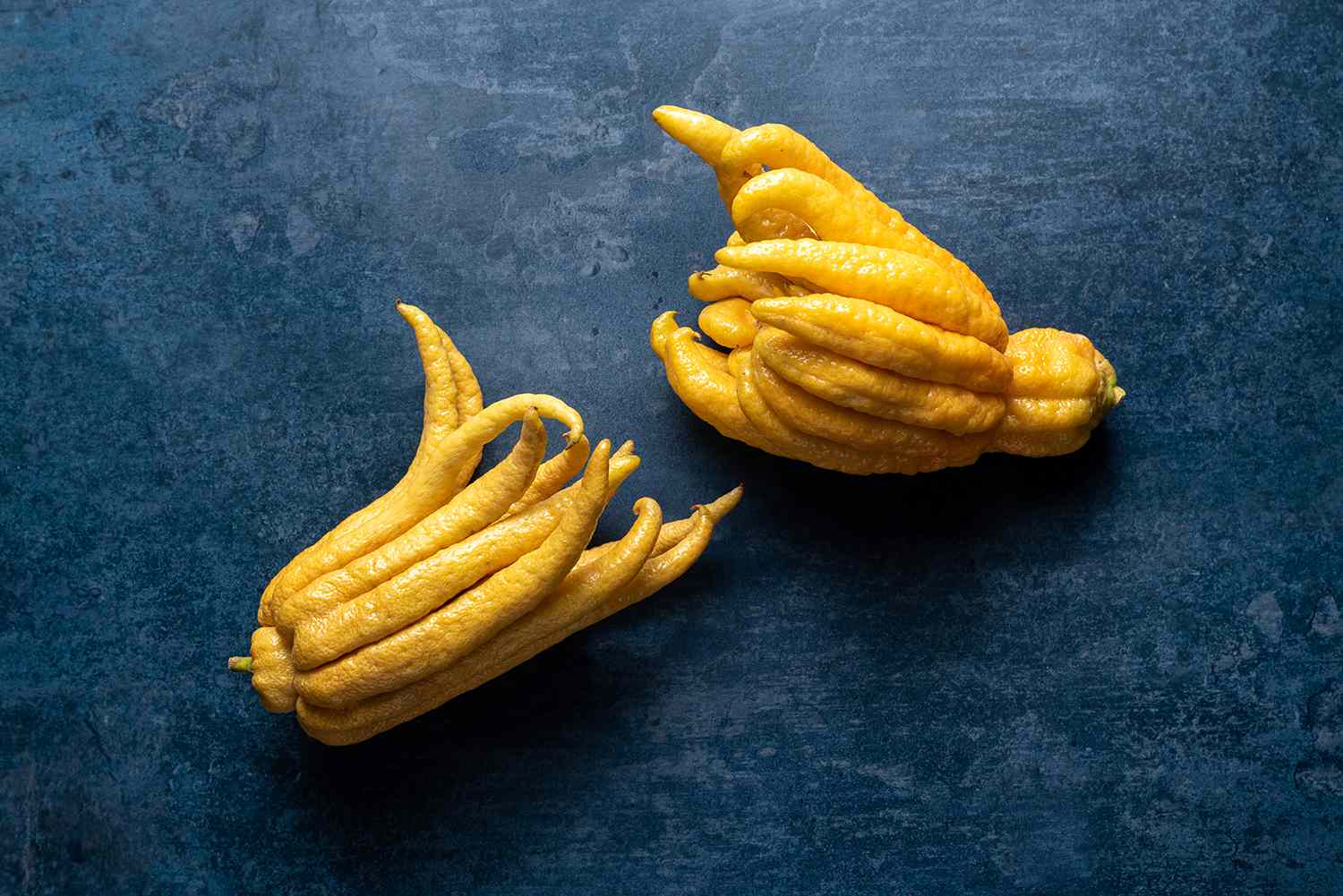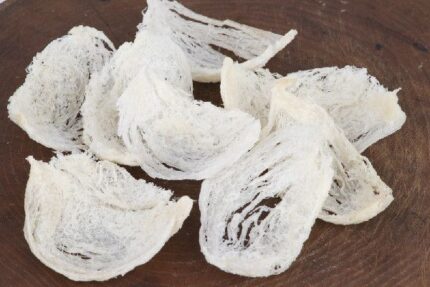Description
Looking for a unique exotic fruit to try? Buddha’s hand is just the thing for you!
Buddha’s hand, cultivated in Asia for thousands of years, is an unusually shaped citron variety – its fruit is segmented into long finger-like sections, together almost resembling a human hand! The different cultivars and variations of this citron variety form a gradient from “open-hand” types, with outward-splayed segments, to “closed-hand” types, in which the fingers are kept together.
The bumpy, bright yellow (when fully mature) rind is covered with small oil glands that release a divine aroma with notes of lavender and lemon. Unlike other citrus fruits, most varieties of the Buddha’s hand fruit contain no pulp, seeds, or juice. Instead, beneath the fragrant, bitter-sweet peel is dense, spongy, white pith with a floral, sweet flavor that will delight your tastebuds.
The peel and pith are primarily used as zest to add tropical flavor to a range of dishes – given its bitter-sweet taste range, it works well in both sweet and savory recipes! Indeed, we’d recommend using it as an exotic substitute for lemon zest in any recipe calling for a kick of citrus goodness. As well as zesting, the pith and peel can be cut into slices and then used to infuse liquors, olive oils, sugars, and salts. Chopped pith can also be candied to become a sweet chewy treat, turned into mouthwatering marmalades and syrups, or used to flavor tea. If you’re looking for a way to really impress people, why not follow Chinese tradition – in China, the Buddha’s hand citron symbolizes happiness and long life – and cut the pith of Buddha’s hand into decorative shapes to (once candied) display as edible centerpieces for dinner parties? Indeed, in Japan, it is a favorite gift for New Year’s as it is believed to bestow good fortune on a household! Check out the ‘Further information’ tab below for some of our favorite recipes, including Buddha’s hand shortbread and a yoghurt and Buddha’s hand cake!
As well as being culinarily versatile, Buddha’s hand boasts a range of nutritional benefits. In particular, it is a fantastic source of vitamin C and contains dietary fibre (which aids digestion), calcium, and vitamin E.










